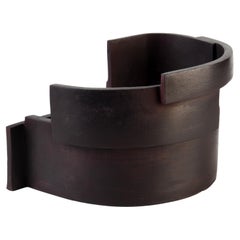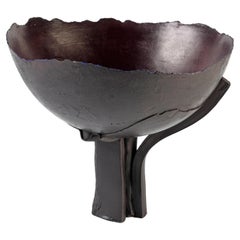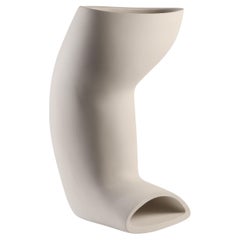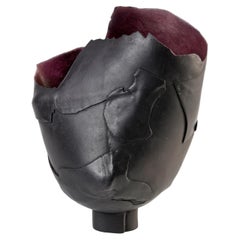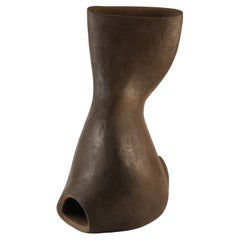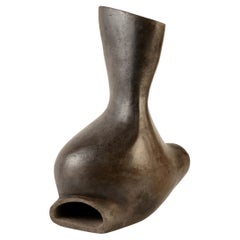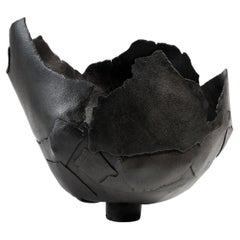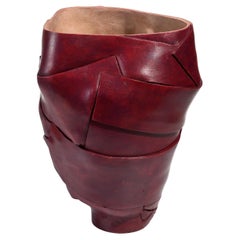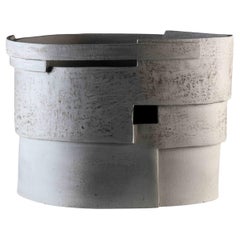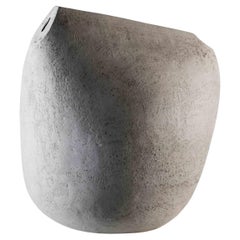Vera Want
2010s French Modern Ceramics
Sandstone
2010s French Modern Ceramics
Sandstone
21st Century and Contemporary European Modern Abstract Sculptures
Sandstone
2010s French Modern Ceramics
Sandstone
21st Century and Contemporary French Modern Abstract Sculptures
Sandstone
21st Century and Contemporary French Modern Abstract Sculptures
Sandstone
21st Century and Contemporary French Modern Abstract Sculptures
Sandstone
21st Century and Contemporary French Modern Abstract Sculptures
Sandstone
2010s French Modern Abstract Sculptures
Sandstone
2010s French Modern Abstract Sculptures
Sandstone
People Also Browsed
Vintage 1960s Danish Mid-Century Modern Dining Room Chairs
Oak
20th Century French Baroque Dining Room Chairs
Brass
Early 20th Century French Art Deco Figurative Sculptures
Metal, Other
21st Century and Contemporary Portuguese Modern Table Lamps
Ceramic, Clay
1990s Italian Mid-Century Modern Chandeliers and Pendants
Brass
Early 20th Century Austrian Arts and Crafts Religious Items
Marble, Bronze
Vintage 1970s Italian Post-Modern Wardrobes and Armoires
Walnut
2010s Argentine Modern Centerpieces
Ceramic, Clay, Pottery, Stoneware
21st Century and Contemporary Italian Mid-Century Modern Chandeliers and...
Brass
2010s Italian Modern Wall Lights and Sconces
Murano Glass
2010s American Modern Table Lamps
Brass
Antique 19th Century French Neoclassical Busts
Bronze
2010s American Modern Table Lamps
Ceramic
Vintage 1920s French Art Deco Animal Sculptures
Ceramic, Wood
Vintage 1930s French Vases
Silver, Bronze
Vintage 1970s Italian Dry Bars
Metal, Brass
Vera Want For Sale on 1stDibs
How Much is a Vera Want?
A Close Look at Modern Furniture
The late 19th and early 20th centuries saw sweeping social change and major scientific advances — both of which contributed to a new aesthetic: modernism. Rejecting the rigidity of Victorian artistic conventions, modernists sought a new means of expression. References to the natural world and ornate classical embellishments gave way to the sleek simplicity of the Machine Age. Architect Philip Johnson characterized the hallmarks of modernism as “machine-like simplicity, smoothness or surface [and] avoidance of ornament.”
Early practitioners of modernist design include the De Stijl (“The Style”) group, founded in the Netherlands in 1917, and the Bauhaus School, founded two years later in Germany.
Followers of both groups produced sleek, spare designs — many of which became icons of daily life in the 20th century. The modernists rejected both natural and historical references and relied primarily on industrial materials such as metal, glass, plywood, and, later, plastics. While Bauhaus principals Marcel Breuer and Ludwig Mies van der Rohe created furniture from mass-produced, chrome-plated steel, American visionaries like Charles and Ray Eames worked in materials as novel as molded plywood and fiberglass. Today, Breuer’s Wassily chair, Mies van der Rohe’s Barcelona chair — crafted with his romantic partner, designer Lilly Reich — and the Eames lounge chair are emblems of progressive design and vintage originals are prized cornerstones of collections.
It’s difficult to overstate the influence that modernism continues to wield over designers and architects — and equally difficult to overstate how revolutionary it was when it first appeared a century ago. But because modernist furniture designs are so simple, they can blend in seamlessly with just about any type of décor. Don’t overlook them.
